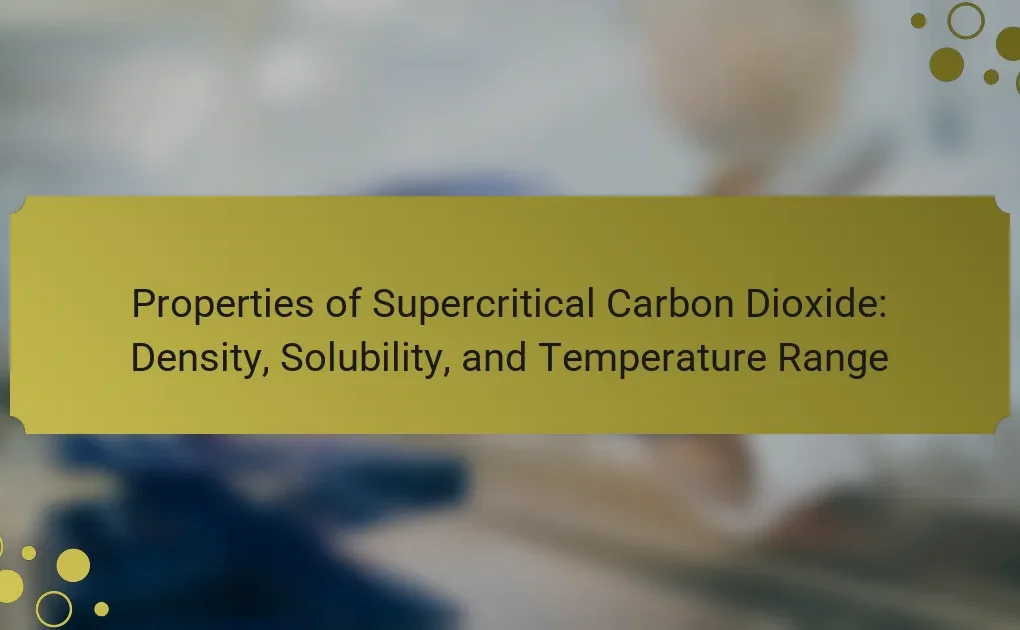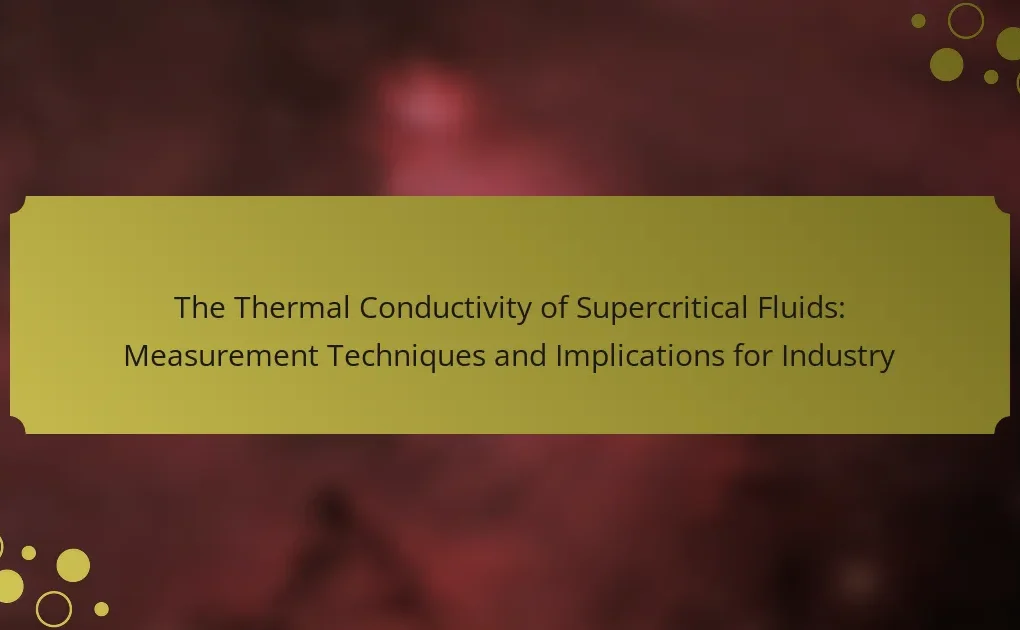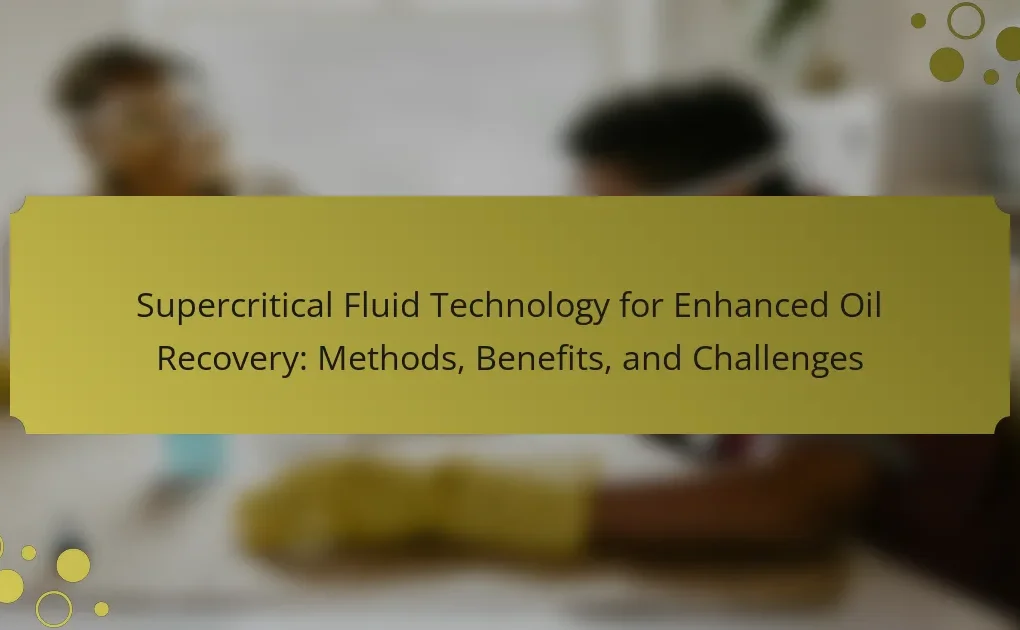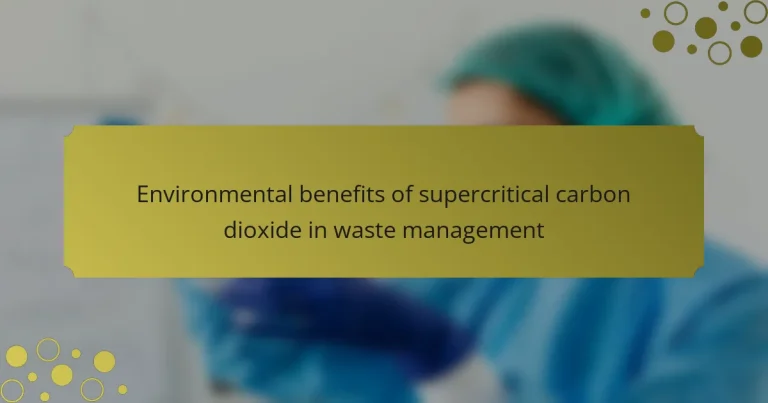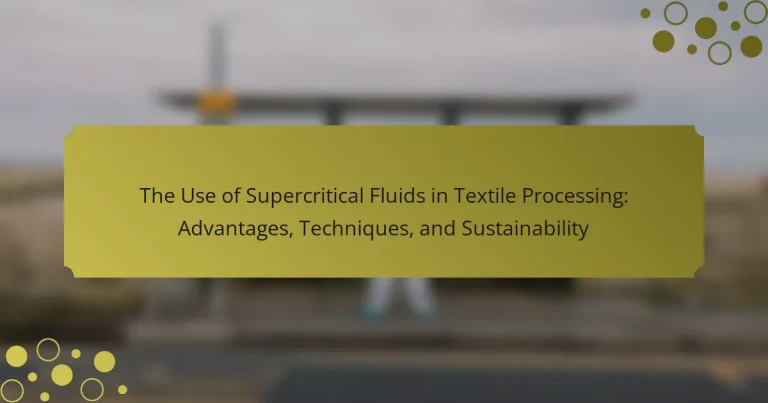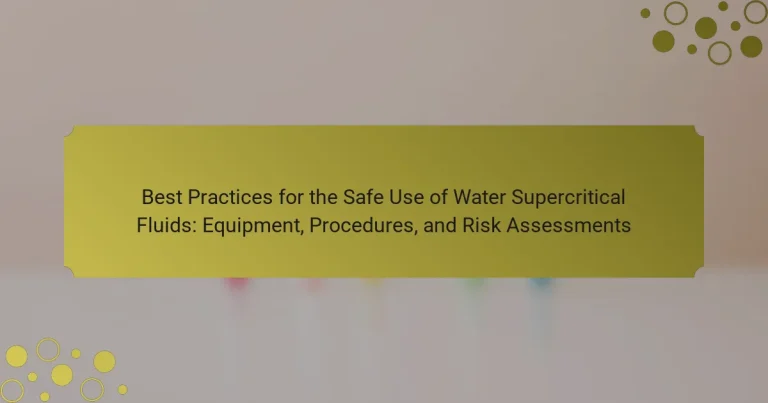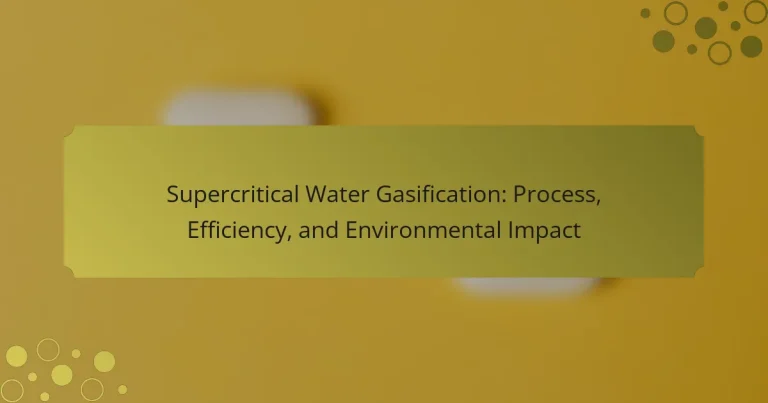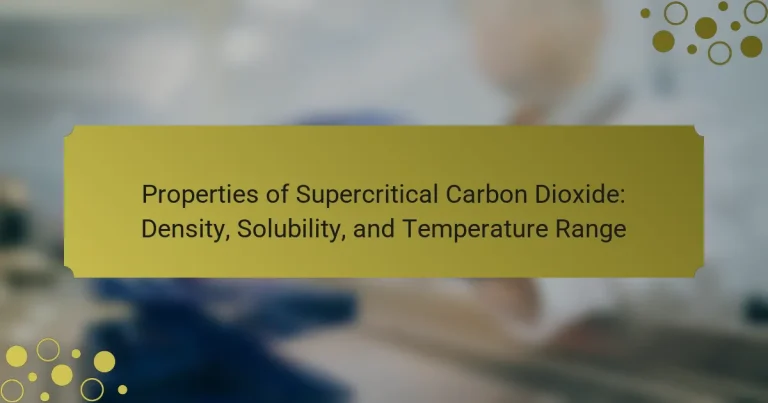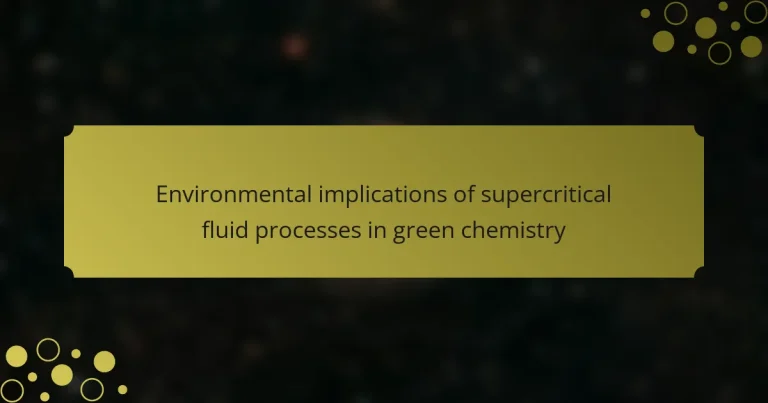
Welcome to ISSF2012: Pioneer of International Supercritical Fluids
At ISSF2012, we are dedicated to advancing the field of supercritical fluids and their global applications. Whether you are a researcher, industry professional, or simply curious about the science behind supercritical fluids, you have arrived at the right destination. Our platform is designed to provide valuable insights, cutting-edge research, and innovative technologies that are shaping the future of this exciting field.
As you navigate through our site, you will discover a wealth of resources ranging from research papers and case studies to expert opinions and emerging trends. We aim to connect minds and foster a community passionate about harnessing the potential of supercritical fluid technology in various industries, including pharmaceuticals, food processing, and environmental solutions.
What You Can Explore
- In-depth Research Articles and Publications
- Latest Innovations and Technologies in Supercritical Fluids
- Industry Applications and Case Studies
- Upcoming Events and Conferences
- Networking Opportunities with Experts Worldwide

Safety Protocols for Handling Carbon Dioxide Supercritical Fluids: Risks, Guidelines, and Best Practices
Safety protocols for handling carbon dioxide supercritical fluids are critical for minimizing risks associated with their use. These protocols include proper training for personnel on the hazards of supercritical CO2, the use of appropriate personal protective equipment, and the maintenance of equipment designed for high-pressure applications. Key risks involve asphyxiation due to oxygen displacement, chemical…
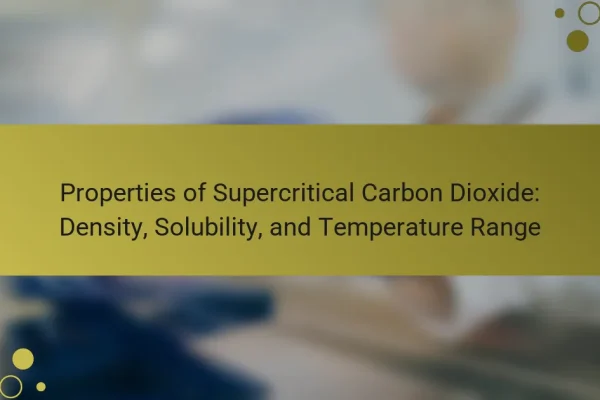
Properties of Supercritical Carbon Dioxide: Density, Solubility, and Temperature Range
Supercritical carbon dioxide (scCO2) is a state of carbon dioxide characterized by its unique properties, occurring above a critical temperature of 31.1°C and a critical pressure of 73.8 bar. In this state, scCO2 exhibits a density akin to liquids while maintaining gas-like viscosity, making it an effective solvent for various non-polar compounds. The article explores…
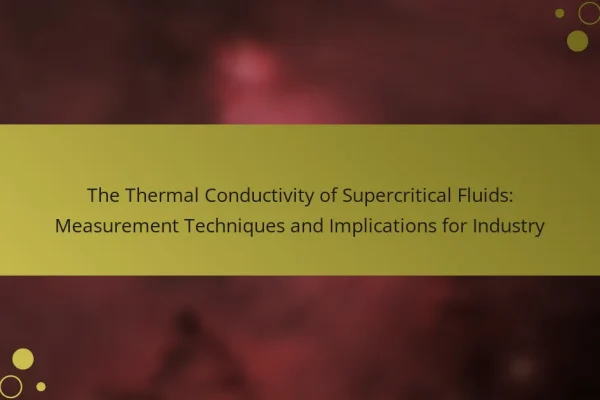
The Thermal Conductivity of Supercritical Fluids: Measurement Techniques and Implications for Industry
Supercritical fluids are substances that exist above their critical temperature and pressure, allowing them to possess properties of both liquids and gases. This article explores the thermal conductivity of supercritical fluids, focusing on measurement techniques such as the transient hot wire method, laser flash analysis, and the guarded hot plate method. It highlights the significance…
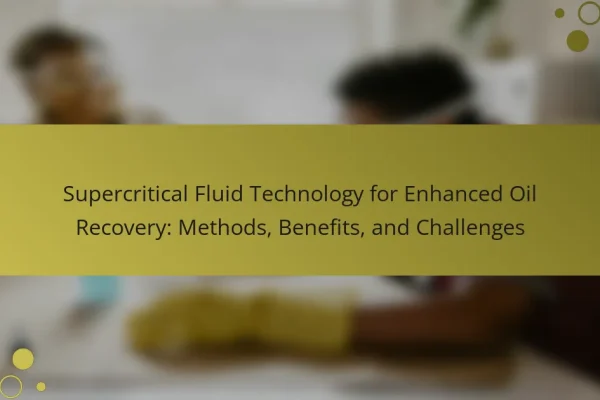
Supercritical Fluid Technology for Enhanced Oil Recovery: Methods, Benefits, and Challenges
Supercritical Fluid Technology is a method that utilizes supercritical fluids, substances above their critical temperature and pressure, to enhance oil recovery from reservoirs. This technology effectively reduces the viscosity of crude oil, facilitating easier flow and improving recovery rates by 10-30% compared to traditional methods. Supercritical carbon dioxide is commonly employed due to its efficiency…
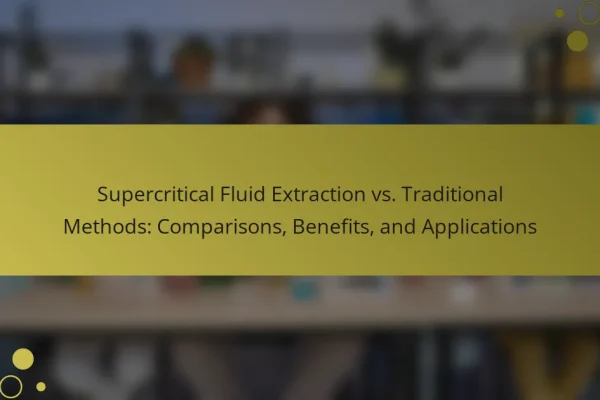
Supercritical Fluid Extraction vs. Traditional Methods: Comparisons, Benefits, and Applications
Supercritical Fluid Extraction (SFE) is a technique that utilizes supercritical fluids, primarily carbon dioxide, as solvents to efficiently extract compounds from various materials. This method operates at high pressures and moderate temperatures, reducing thermal degradation compared to traditional extraction methods that often use organic solvents and higher temperatures. While SFE offers advantages such as environmental…
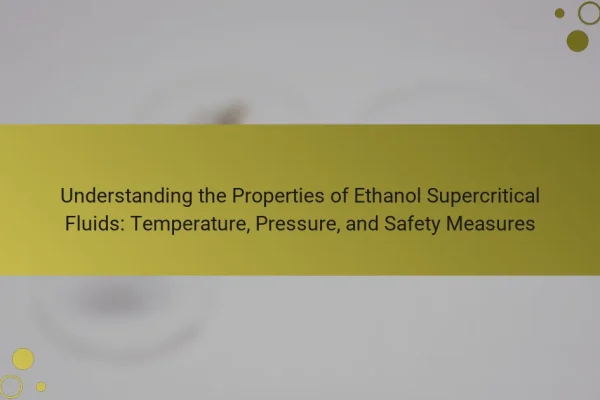
Understanding the Properties of Ethanol Supercritical Fluids: Temperature, Pressure, and Safety Measures
Ethanol supercritical fluids are a unique state of ethanol characterized by specific temperature and pressure conditions, typically above 240°C and 60 atm. In this supercritical state, ethanol exhibits enhanced solvent properties, allowing it to dissolve a wide range of substances, which is particularly beneficial for extraction processes. The article explores the critical parameters of temperature…

Applications of Supercritical Fluids in Pharmaceutical Extraction: Benefits, Techniques, and Efficiency
Supercritical fluids, particularly supercritical carbon dioxide, are used in pharmaceutical extraction due to their unique properties that enhance the extraction of active compounds from plant materials. This method offers benefits such as higher extraction efficiency, reduced solvent residue, and the preservation of heat-sensitive materials. Supercritical Fluid Extraction (SFE) employs various techniques to optimize the extraction…
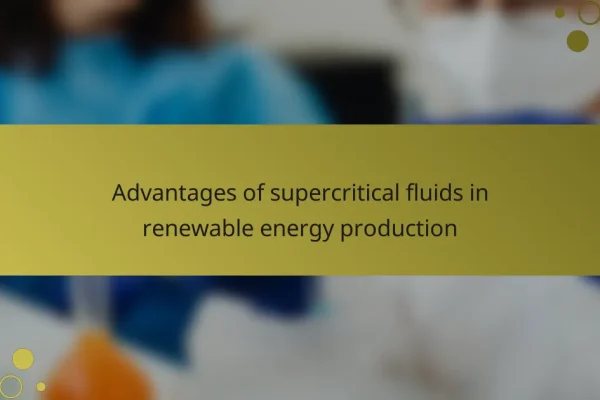
Advantages of supercritical fluids in renewable energy production
Supercritical fluids are substances that exist above their critical temperature and pressure, exhibiting properties of both gases and liquids. This article explores the advantages of supercritical fluids in renewable energy production, highlighting their unique solvent capabilities that enhance chemical reactions and extraction processes. Key benefits include improved extraction efficiency, increased biofuel yields by up to…
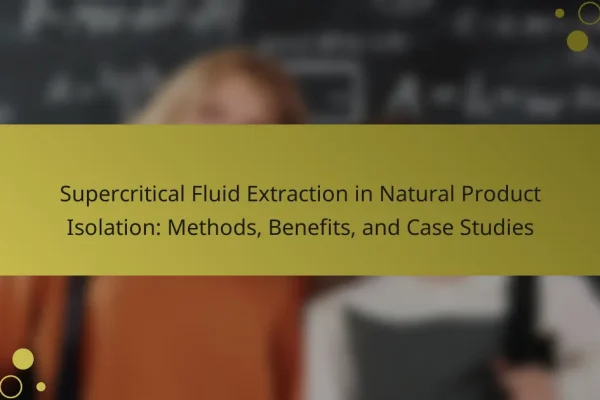
Supercritical Fluid Extraction in Natural Product Isolation: Methods, Benefits, and Case Studies
Supercritical Fluid Extraction (SFE) is a method for extracting compounds from solid or liquid materials using supercritical fluids, primarily carbon dioxide. This technique combines the properties of gases and liquids, allowing for efficient extraction at lower temperatures, which helps preserve sensitive compounds. SFE is employed across various industries, including food, pharmaceuticals, and cosmetics, and is…

Supercritical CO2 as a solvent for eco-friendly product development
Supercritical CO2 refers to carbon dioxide held at or above its critical temperature and pressure, allowing it to function as both a gas and a liquid. As a solvent, supercritical CO2 is effective for extracting a variety of compounds, particularly non-polar substances, due to its tunable density and solvating power. The use of supercritical CO2…
